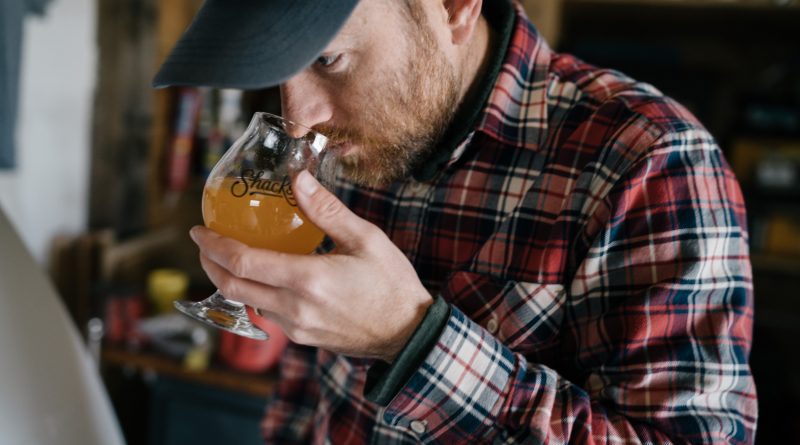Why Hard Cider Houses Rule
Early settlers planted thousands of apples trees in the hills and valleys of Vermont. Today, their lost fruit is fueling a nation-wise cider revolution.
Over the past 17 years, Paul Brown, owner of Cold Hollow Cider Mill, has developed a simple winter routine. In the morning, he looks out his window to see if there’s new snow. If there is, he heads for the mountain. Together with his wife, a ski racer and graduate of Burke Mountain Academy, daughter Mackenzie, who skied for Middlebury College, and son Griffin, a senior at UVM who has already logged two years on the U.S. Ski Team, Brown and his family ski about 100 days every season.
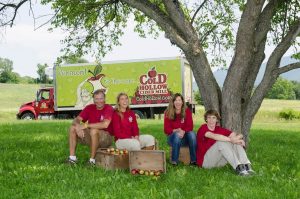
“If there’s any snow in the Cold Hollow parking lot, the staff’s not going to expect to see us until the afternoon,” he says.
When the skiing is done, a new day begins. Brown drives 15 minutes down the road from Stowe to the cider mill, which he’s owned since 2000. There, he’s greeted by the smell of freshly-baked cider donuts and the buzz of Cold Hollow’s many moving parts: the bakery, wine and beer tasting rooms, the restaurant and of course, the cider. The business peaks in the summer and fall, allowing Brown to sneak away during the snowy months to hit the slopes.
Cold Hollow is one of Vermont’s top attractions, boasting 300,000 happy visitors per year. But a few years back, many of them started asking the same question after browsing Cold Hollow’s non-alcoholic cider collection: “Where’s the hard stuff?”
The popularity of hard cider has risen dramatically in Vermont over the past decade, and the craving grows even more in the fall as the temperature drops, flannels become requisite attire and apples grow ripe for picking. Hard cider has been gaining traction with Vermonters for almost 30 years—ever since this state reintroduced the drink, which had pretty much vanished from American shelves for more than half a century.
First, a little history. Vermont’s love affair with cider dates back to the Colonial era, when Ethan Allen was known for the “stonewall”—a drink equal parts rum and cider—which is said to have provided liquid courage when the Green Mountain Boys captured Fort Ticonderoga in 1775. By 1800, almost every farm in the state had an orchard, and by 1922 The Boston Globe reported that the country’s largest apple orchard was located in Vermont. If you’re skiing the woods and come across a clearing with apple trees, chances are you’re standing where one of these old orchards used to be.
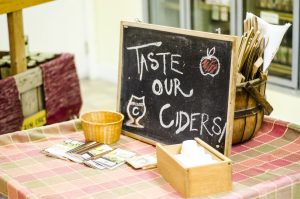
Nationwide, hard cider soon was everywhere—it was cheap, plentiful, and sometimes safer to drink than water, especially as cities developed. John Adams was even known to drink a tankard of the stuff with breakfast each morning to calm his stomach.
Things changed when European immigrants brought over beer recipes, which were cheaper to make and yielded fast results. But in 1920, when Prohibition became a reality, apples regained their reputation as the forbidden fruit. Those most dedicated to temperance burned their orchards to the ground. The apples that remained were grafted and mass produced for fresh eating, and the best cider apples either disappeared from the landscape or were forgotten. Hard cider was erased from the market for 60 years—until it was reinvented in a garage in Vermont.
Flash forward to 1991. A winemaker named Greg Failing was sitting in his two-car garage in Proctorsville, experimenting with apple fermentation. He shopped his concoctions, which he’d poured into wine bottles, around to distributors. But no one would take them. One such naysayer advised Failing to put the cider in 12-ounce beer bottles. When he did, the drink began to sell. Failing named his company ‘Woodchuck.’ Under CEO Bret Williams (who was also the first salesman) and COO Dan Rowell, the company began to grow.
“That was a turning moment for hard cider,” said Ben Calvi, the general manager and cider maker today at Woodchuck’s parent company, Vermont Hard Cider, in Middlebury. “Ten years later, in 2001, Woodchuck was the first hard cider company to sell a million cases of cider and be nationally distributed.”
Now, Vermont has 17 established cideries that range from nation-wide distributors, like Woodchuck, to local craft operations, like Citizen Cider and Stowe Cider, to hyper-local and orchard-based operations like Shacksbury and Champlain Orchards, to the wine-like cider at Eden Specialty Ciders. The category is expanding and, at the same time, cider makers are bringing the craft back to its roots.
Most of today’s mass-produced hard ciders are made with common grocery-store apples: Golden Delicious, Gala, Granny Smith and the likes. While those sweet ciders are popular, a different kind of cider, made with an emphasis on the apple and a drier, more complex taste, is on the rise.
“Twenty years ago, the only kinds of cider Woodchuck made were the sweet ciders that are alternatives to beer,” Calvi said. “Still, 70 percent of ciders in the United States are like that. But now we have drier ciders that are really bringing out the characteristics of the apple, with balanced acidity and sugar and tannin levels, so they’re more complex. If you tasted our Addison, or our 25th Anniversary cider, it’s very different from the Amber.”
Cold Hollow is following suit. Their first hard cider on tap, called Barn Dance, debuted two years ago. “We weren’t ready to just throw something out there,” Brown said. “We wanted to make sure that it was the quality that we wanted.”
And then there’s Shacksbury: a small, four-year-old cidery based in Vergennes. Founders Colin Davis and David Dolginow spend much of the fall foraging for “lost” apples, or feral apples on trees that evolved after Vermont’s Colonial-era cider boom. The two were just named to Wine Enthusiast’s “40 Under 40” list for 2017 and want to educate consumers about the fruit’s rich history. “It’s a lost way of thinking about apples,” Davis says.
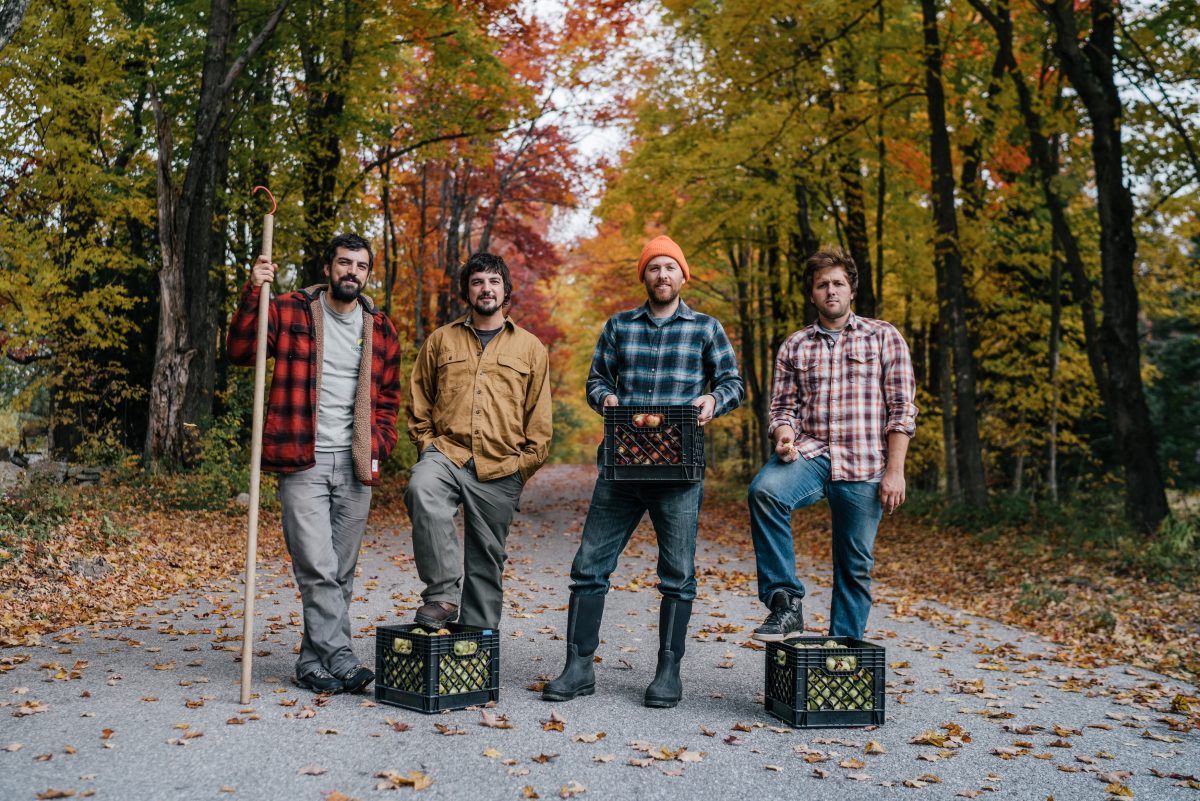 Early apple trees were planted with seeds (instead of cloning and grafting, per today’s commercial practices). But apple seeds do not reproduce the exact same fruit as the tree which bore them. The seeds of a MacIntosh apple will not yield more MacIntosh apples—they’ll produce something entirely different. When Europeans first brought apple seeds to North America, they planted millions of trees, and no two were alike. Farmers came to understand the diversity of apples. They knew which varieties to use for sauce, for pie, for cider.
Early apple trees were planted with seeds (instead of cloning and grafting, per today’s commercial practices). But apple seeds do not reproduce the exact same fruit as the tree which bore them. The seeds of a MacIntosh apple will not yield more MacIntosh apples—they’ll produce something entirely different. When Europeans first brought apple seeds to North America, they planted millions of trees, and no two were alike. Farmers came to understand the diversity of apples. They knew which varieties to use for sauce, for pie, for cider.
Eventually, they identified the best baking apples and the best apples for fresh eating, and they cloned these species, reproducing them until the rest of the apples fell away and were forgotten. The result? Seven varieties now dominate the grocery store apple market, and many Americans would hesitate to try anything else.
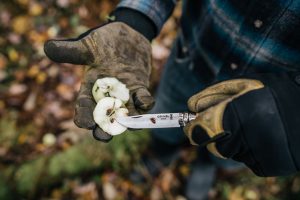
“The cider that’s most interesting to us is expressive of the fruit,” says Davis. Shacksbury has made many ciders from heirloom varieties, collecting crates of apples to make small, five-gallon ferments they send to their cider club members and offer in their Vergennes tasting room, which opened this summer.
Vermont is the perfect place to conduct such a project. The rural landscape has created space for trees to continue to reproduce, creating new, unique varieties. Davis says the team samples apples from about 2,000 trees each fall.
“I think anyone who hikes around Vermont has noticed that there’s wild apple trees everywhere,” he says. And for those who want to discover lost apples, he adds: “I would encourage people, if they walk by an abandoned tree in October or November, to pick one.”
Top photo courtesy of Shacksbury/Michael Tallman

